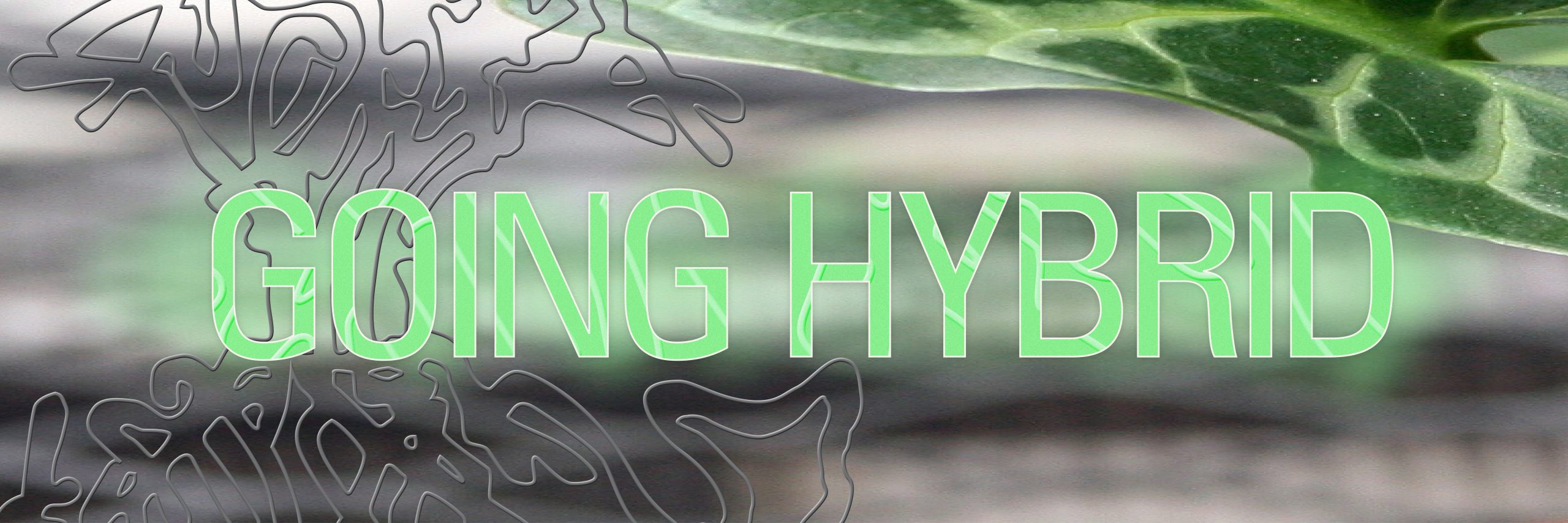Every since the Covid-19 ‘reset’—a re-evaluation of workflows, business models, and ways in which events are organized—the cultural field has continuously tried to innovate itself, compensating for temporary breaks in programming along with financial losses. Out of this reset, a new attitude was formed regarding digital exhibition formats, live broadcasting, and an overall online presence from cultural players. An even newer, shinier format showed up at the horizon: the hybrid event, where on- and offline meet, two worlds that once seemed so far apart now smoothly (or not so smoothly) colliding.
We’ve seen live streams set up on a stage, with speakers giving a lecture and no audience except the viewers at home behind their computer; clunky live events with pre-recorded interviews that pixelate with every hesitation of the WiFi; Instagram Lives that nobody watches or that everyone is watching; countless Zoom live streams with break-out rooms and tens of people on mute, fighting the Zoom fatigue or their clingy cat. And we’ve also seen marvelous experiments: a big screen on a live stage that shows a lively, online chat which is actually integrated into the conversation; a buddy system where an offline visitor takes their online friend by the hand (meaning, on their phone) and guides them through an exhibition, event, Q&A’s with speakers live on stage. We’ve witnessed Travis Scott playing a concert in the game Fortnite, for a whopping 27 million viewers—and he wasn’t the only one. Cultural institutions, usually relying on their audience having to travel to an offline destination to attend an event, found that they could reach a bigger and more international audience, and on top of that, speakers didn’t need to travel which saves both time and costs.
These are only some of the many advantages hybrid events can offer, and it doesn’t stop there: hybridity gives way to exciting new experiments in publishing, or the development of ‘living archives’ that share these beautiful hybrid experiments in an interactive, dynamic way. Because of course, a truly fun hybrid event is hard to translate into a two-hour video registration put on YouTube, however much we want to share the experience with the people who couldn’t make it. This, interestingly, is mostly because the hybrid event incorporates a live experience found formerly in the offline event: it has transformed itself into a whole new kind of experience.
How then translate this experience into something visitors can watch/read/follow afterward? Is it possible to capture the essence, the interactive essence, of a hybrid event and reproduce it?
Right now, we are crystalizing several sub-research questions within our main research, trying to specify our exact needs and optimal workflow. We’re diving into a new generation of live broadcasting—goodbye forever, Zoom—, scoping out new ways of making hybrid publications and defining what makes an archive alive or dead.
Follow us on this journey towards an interactive future by keeping an eye on this page, where we will post thoughts, discoveries, best and worst practices, fun anecdotes, and more.


